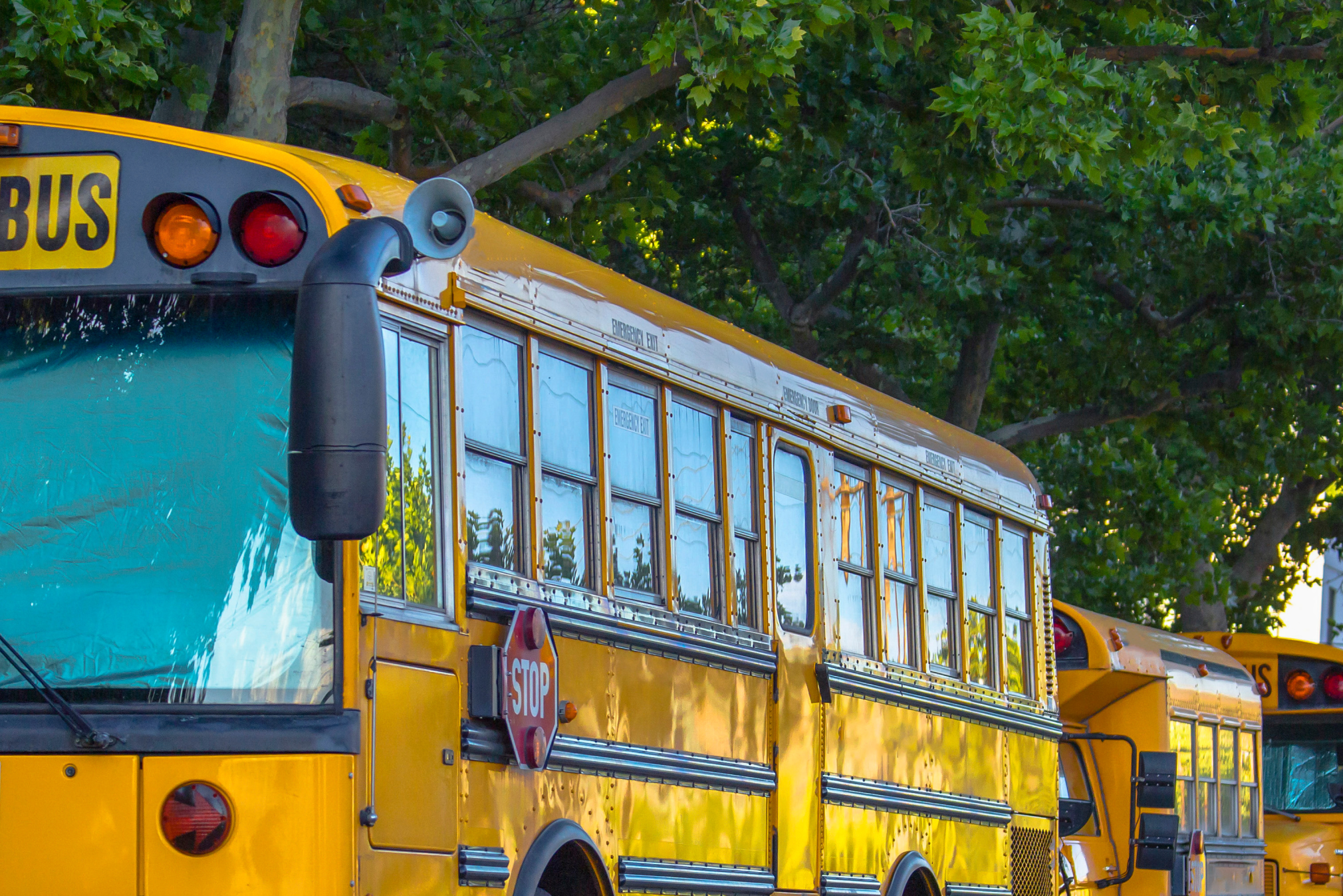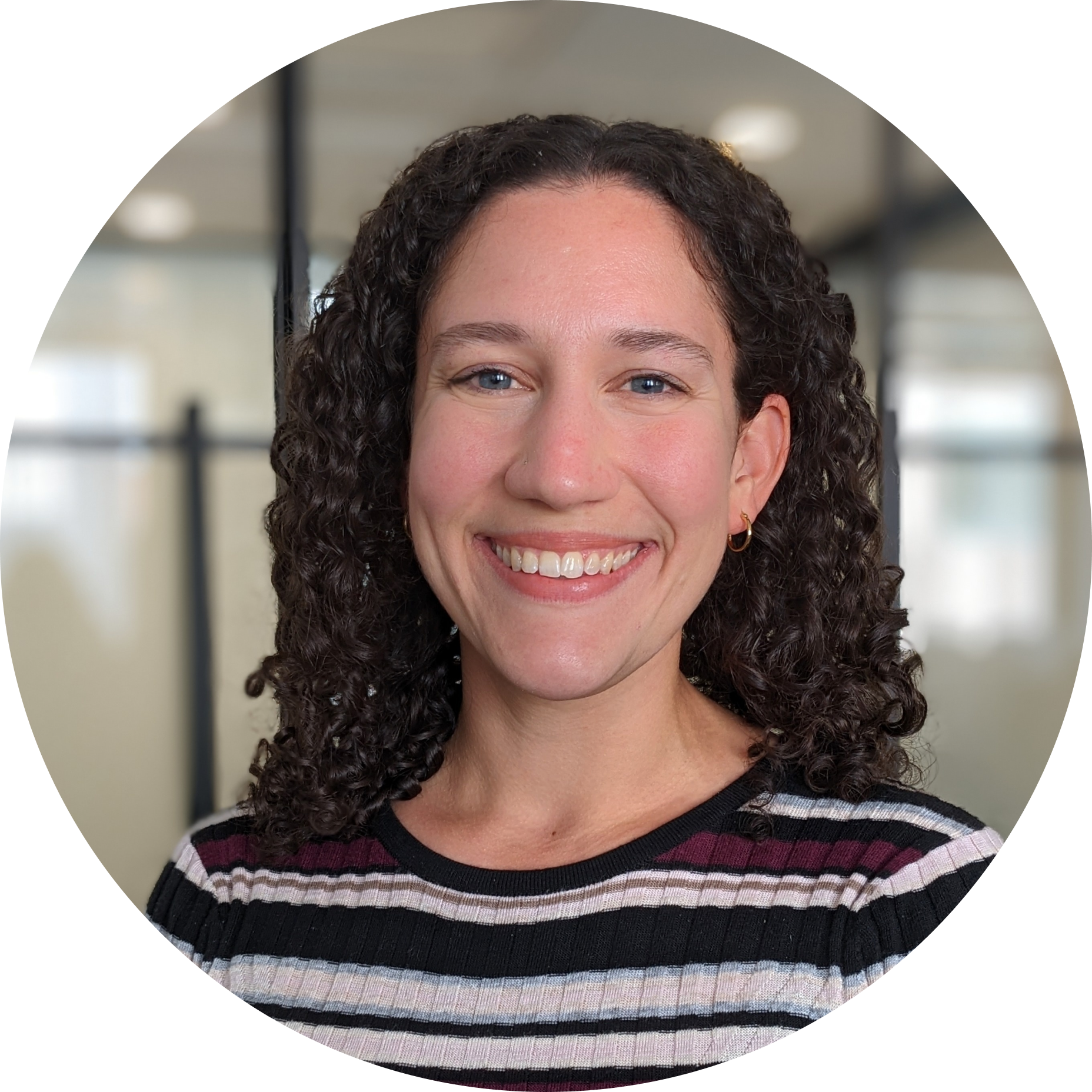An interview with Laura Schifter, Senior Fellow at This is Planet Ed.
From an early age, Laura Schifter realized the power of education to transform lives for the better. But it was not until later in her career that she realized that climate and education are inextricably linked. Prior to joining the Aspen Institute to launch the This is Planet Ed initiative, Laura was a lecturer at the Harvard Graduate School of Education and served as an advisor on education policy, with a focus on education and disability.
At This is Planet Ed, Laura and her team work across early childhood, K-12, higher education, and children’s media, mobilizing collaborative action to address climate change and empower the rising generation to understand climate challenges. The initiative convenes climate education leaders and equips educators with research and toolkits to join the fight against climate change.
We invited Laura to share her unique perspective at the intersections of climate and education, and help us explore the ways the education sector is both a driver of human-caused climate change and a key to achieving climate goals.
Tell us about yourself and describe your work with This is Planet Ed at the Aspen Institute.
I did not always work on climate-related issues. I knew climate change was a problem, but I always assumed it would be a problem for the energy and environment sectors to handle; education has enough problems of its own, I thought. It was about six years ago when the UN came out with the IPCC special report on the impacts of global warming, warning of the impact of a 1.5-degree Celsius temperature increase. I was in my basement playing with my three children when I got the news alert: We have a decade left to address climate change. It was at that moment that I realized for the first time that the understandings I held about climate problems were false. Climate is not some distant problem. This is a problem happening now and in our lifetimes. This is something that will fundamentally shape my children’s lives. I knew at that moment that I needed to work on climate issues.
At the time, I was working in education policy, but we were not talking about the intersection with climate. I spent over a year connecting with anyone who would talk to me, trying to figure out how to shape an initiative on this issue. I eventually landed at the Aspen Institute, where I launched an effort that at that time was called K-12 Climate Action. That project eventually became This is Planet Ed.
How do you think about the climate impact of schools and the education system more broadly?
It’s easy to underestimate the climate impact of schools, but education is actually among the largest consumers of energy in the public sector.
Let’s just look at K-12 education as an example. There are nearly 100,000 K-12 public schools across the country. In a lot of communities, education systems are the largest building owners and the largest employers. But the impact goes beyond that. There are 480,000 public school buses across the country — the yellow school buses that are symbols of education — more than double the number of municipal buses in the country. If you add higher education and early childhood to that as well, you’re serving a significant portion of the American population. As a whole, the sector has significant purchasing power; there’s a huge opportunity to transform the way the education sector consumes energy. When you really start thinking about it, you realize education actually has an enormous footprint.
When most people think about climate solutions, they think of wind turbines, solar panels, or regenerative agriculture. But most don’t realize that the connective through line across all these solutions is people. Ultimately, people will be the driving force behind advancing solutions. We need people with the understanding, knowledge, and skills needed to advance solutions.
Right now, climate education is very nascent in schools across the country. Maybe it is taught more in science classes, but only 29 states and D.C. have human-caused climate change in their science standards. Only five states include climate change in their social studies standards, yet we know climate change is impacting policy. It’s impacting the economy. Climate is relevant to these other subjects, but we’re not teaching kids a fundamental topic that will shape the world they will inherit.
Higher education also has a responsibility to help ensure that climate education is not limited to the environmental sciences. It should be a subject in business schools, in medical schools, in education schools — students should have the opportunity to understand how their careers will be transformed by a changing climate.
We really need to start thinking about how we’re leveraging education to actually build our societal capacity to address climate change. People got us into this problem, we need people to get us out.
We know that the impacts of climate change are not experienced evenly across different communities. How does this play out in education?
The same communities that are going to be impacted most by climate change — communities of color, low-income communities, urban and rural communities — are the same communities that are most impacted by educational inequities. These communities get fewer resources and have worse infrastructure. Poor infrastructure results in higher maintenance and upkeep costs, which keeps these communities from investing in capital projects that could help them prepare for the future. We know that this transition is coming, and it could go one of two ways. We could have a completely inequitable transition, with only wealthier school districts making the transition. Or, we could choose to prioritize equity and address climate equity and education equity together.
More sustainable, resilient school buildings in low-income areas will improve learning opportunities for students while at the same time increasing climate resilience for communities that are going to be most impacted by climate change. We are already seeing how schools with solar and battery power become safe places of refuge; schools are places where the community can go. If we can support schools to become more resilient, we can help address some of the climate inequities in these communities as well.
By providing climate education opportunities for communities that may otherwise be left behind, we can help ensure that students have the skills and knowledge that will be essential for the transition to the green economy. People focused on educational equity and those working on climate issues could achieve more by working together.
Too often people assume being “green” is something that’s just nice to have, but it’s actually a must-have. We need to stop seeing these things as extras and really start recognizing that these are essential.
What are some of the greatest opportunities for innovation in climate education?
Truthfully, I think innovation has to drive this. We are entering a new era, and we don’t necessarily know what that means for education systems.
Do we need to think about the school calendar differently in a changing climate? Because right now, at the start of the school year, communities are getting disrupted left and right. Should we continue to begin the school year — when we’re trying to set routines, when we’re trying to make things normal — when so many kids are having to evacuate for a hurricane warning or avoid a flood? That’s one example of an area where we need innovation in the way we are delivering education.
We also need innovation in the way we are teaching climate issues. New Jersey is furthest along on climate education in terms of formal policy, but I’m sure educators in New Jersey would still say that they want to do this better. We teach subjects like English and history separately, but climate change cuts across all disciplines. We need innovation to improve how we teach interconnected topics.
The innovation we need requires the courage to take bold risks and the humility to acknowledge what we don’t know. To be successful, these efforts will require support from leaders at local, state, and federal levels — regardless of who wins those elections.
What sources of funding are available to accelerate the transformation of our education system to be more sustainable?
There are currently some good federal funding opportunities available to support infrastructure investment. For example, the EPA offers a clean school bus program. That’s a great program that will do amazing things, but it’s not going to get us all the way there. We need to think about creative ways to find the funding that will get us all the way there.
I am excited about the potential of green banks to step in and help seed some of these investments. If we can leverage green banks in a productive way to help schools access funding, they could be eligible for tax credits. Tax credits are really important, but if we could get those credits to come in earlier — instead of just after things are placed in service — that would make credits more accessible to schools.
On the climate education front, we have to think about investing in supportive structures to prepare and support teachers. We need to provide enough support for educators to make sure they feel confident doing this work effectively in schools. That does come with a cost, but it’s not at the same level as the larger infrastructure investments.
If you could wave a magic wand and fix one thing in the education sector that would address climate change in a meaningful way, what would you do?
I would change people’s mindsets on this issue. I would wave my magic wand and everyone working in education would understand — right now — that they need to figure out how to be educators in a changing climate. I believe wholeheartedly in the potential of educators to step up and find solutions, but we need to face the problem. The only way we will address climate change is if we all work together, regardless of political party or where we live. There is too much at stake for our economy, our health, our security, and our children’s futures to ignore this problem, and I wish everyone understood that.



